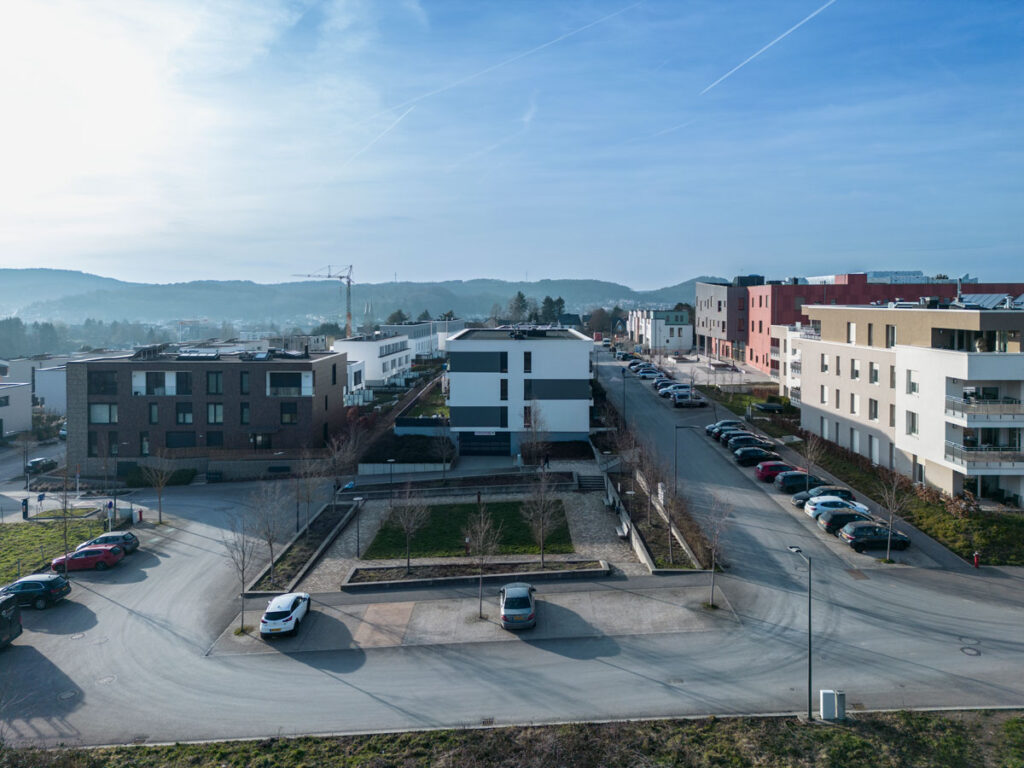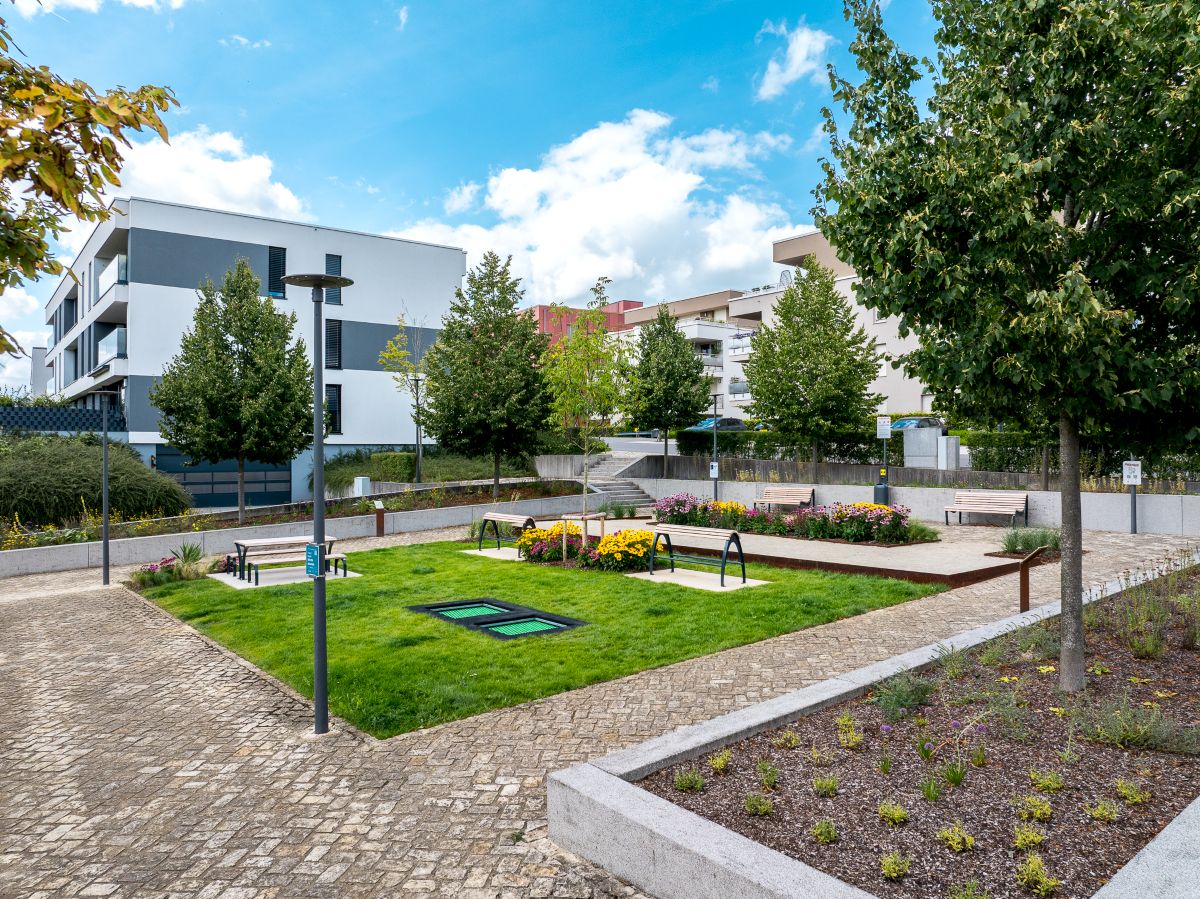Co – Design in Luxembourg: an overview
Luxembourg
Recently, I began a book by Mike Lydon “Tactical Urbanism: Short-term Action for Long-term Change” (highly recommend!), where I came across an example of a participatory design – “Somerville by Design”, a community focused spaces.
Naturally, I got intrigued, if there is something similar in Luxembourg?
That way I found out that urban development in this city is actually increasingly shaped by co-design and citizen participation. Across public spaces, housing projects, and neighborhood planning – residents are invited to share ideas, provide feedback, and collaborate with planners and designers.
It happens through the structured workshops, meeting, conferences, exhibitions, experimental urban labs, etc. And these exact initiatives ensure that the city responds to real community needs. In public space projects, citizens contribute to the design of streets, squares, and parks, helping to create vibrant, human-scale environments.
Participatory housing programs allow future residents to co-create shared living spaces, while local participatory budgets empower communities to propose and vote on projects that matter to them.
I will talk in details on participatory housing syndicates, Service Urbanisme, Fonds Kirchberg and CFUE, but let’s look for an example so the whole idea is clear to you.
The city of Dudelange is one of the most active examples of co-design founded in Luxembourg. The municipality runs an open framework, and the key tool here – the Participatory Budget: every year, residents can propose ideas for small but impactful improvements – new community spaces, street-level interventions, mobility solutions, cultural initiatives, or environmental upgrades. After proposals are submitted, the city evaluates feasibility, residents vote, and the winning projects receive funding and support from the municipality. Sounds great, right? More to that, this model strengthens the connection between citizens and city administration.
One of the real cases in Dudelange – Réaménagement de la Place Cécile Biever-Wagner, or Reallocation of Place Cécile Biever-Wagner:
residents proposed upgrading the square with new seating, small leisure areas, and simple public space interventions to make it more welcoming and usable for daily life. The project was approved through the Participatory Budget programme and is moving toward implementation with municipal support.


Even when not directly involved in design, residents influence decisions through consultations, surveys, and workshops, while temporary installations and urban labs act as “living experiments” to test the new ideas.
Taken together, these approaches reflect a broader trend in Luxembourg: urbanism that is inclusive, adaptive, and oriented toward public life. Co-design is not just a method – it’s a mindset, emphasizing collaboration, experimentation, and shared responsibility in shaping the cities we live in.
Next posts will explore specific examples, from public spaces and housing initiatives to participatory budgets and urban labs!